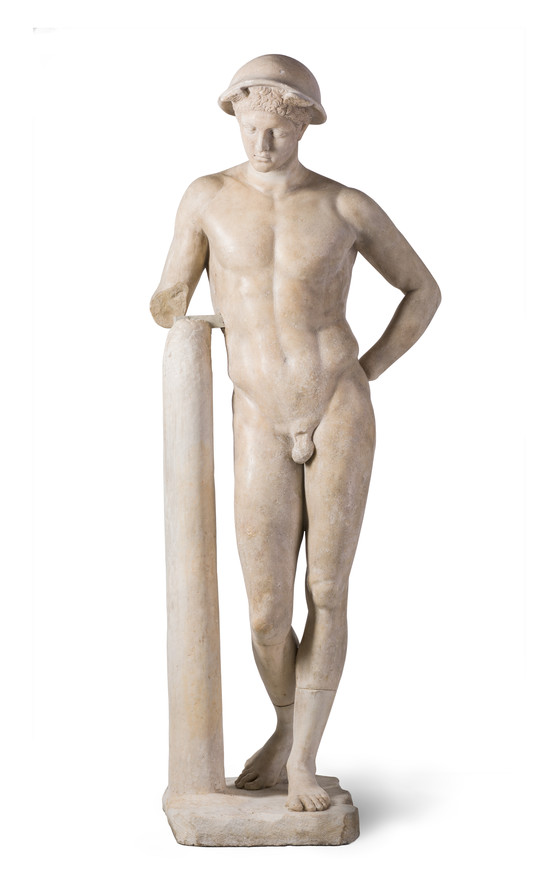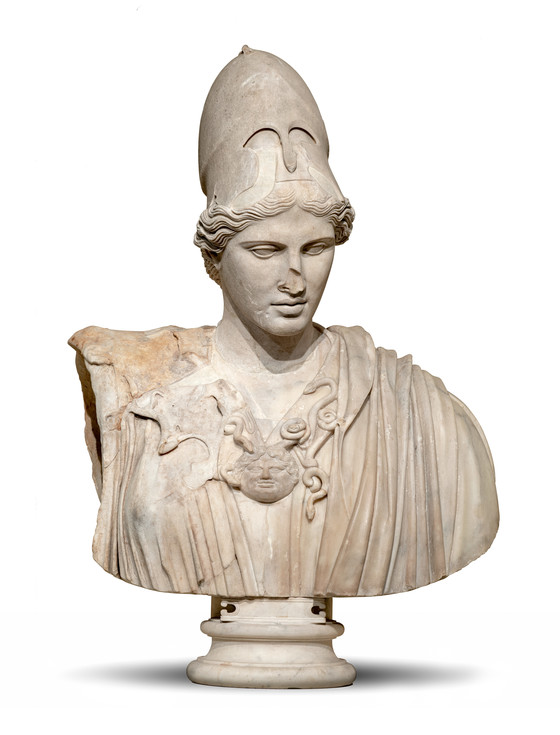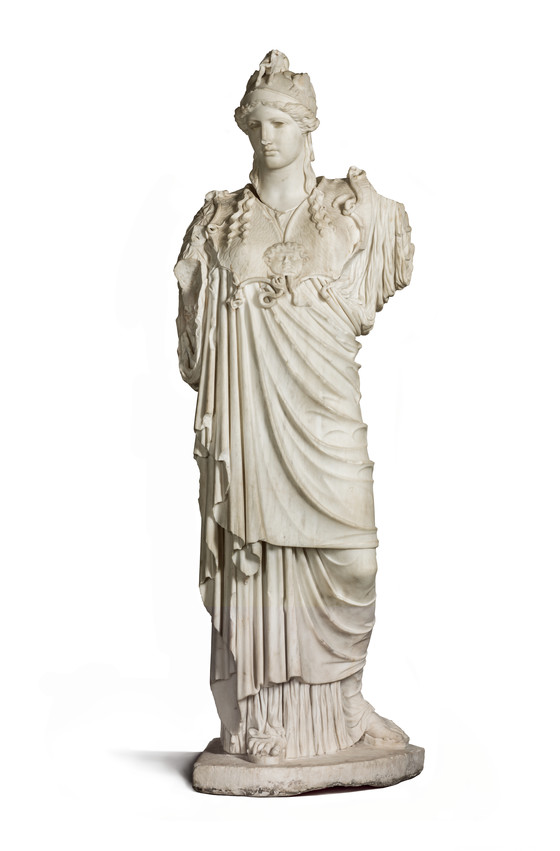Roman Sculpture
6 records
Ancient Roman Sculpture and Their Greek Ancestors
Most of the sculptures in this group were created in the Roman Empire. Militaristic and efficient, the Romans also had an affinity for sculpture. When Rome was a republic (from about 500 to 27 BC), realistic portrait-sculpture reached its zenith. After Augustus became all-powerful (about 12 BC), the Roman emperors’ exploits were depicted in reliefs that decorated triumphal arches and huge, freestanding columns. Hundreds of statues, of human beings and divinities alike, were created.
The emperor Hadrian (ruled 117–138) fostered a taste for Greek art, which fueled a demand for copies of famous Greek statues. Many Greek sculptures created from about 500 to 300 BC were destroyed in wars or carried off during invasions and are known today only through what might be copies of them. The names of the creators of the original Greek sculptures were known from inscriptions (usually on their bases) and from literary sources.
Most of the statues in this group are believed to be Roman copies of Greek originals and were excavated in Italy between 1760 and 1800. Their faces were recarved at that time, and new noses and other features were added to replace missing elements. These additions were removed in 1980, which left the sculptures in a mutilated state: neither as they had been when created, nor as they were when excavated, nor as they were when restored around 1800. They also have been assiduously cleaned, which further compromised their appearance. Efforts are under way to achieve a more moderate state of restoration.
- Mary Levkoff, (2008)
Most of the sculptures in this group were created in the Roman Empire. Militaristic and efficient, the Romans also had an affinity for sculpture. When Rome was a republic (from about 500 to 27 BC), realistic portrait-sculpture reached its zenith. After Augustus became all-powerful (about 12 BC), the Roman emperors’ exploits were depicted in reliefs that decorated triumphal arches and huge, freestanding columns. Hundreds of statues, of human beings and divinities alike, were created.
The emperor Hadrian (ruled 117–138) fostered a taste for Greek art, which fueled a demand for copies of famous Greek statues. Many Greek sculptures created from about 500 to 300 BC were destroyed in wars or carried off during invasions and are known today only through what might be copies of them. The names of the creators of the original Greek sculptures were known from inscriptions (usually on their bases) and from literary sources.
Most of the statues in this group are believed to be Roman copies of Greek originals and were excavated in Italy between 1760 and 1800. Their faces were recarved at that time, and new noses and other features were added to replace missing elements. These additions were removed in 1980, which left the sculptures in a mutilated state: neither as they had been when created, nor as they were when excavated, nor as they were when restored around 1800. They also have been assiduously cleaned, which further compromised their appearance. Efforts are under way to achieve a more moderate state of restoration.
- Mary Levkoff, (2008)




